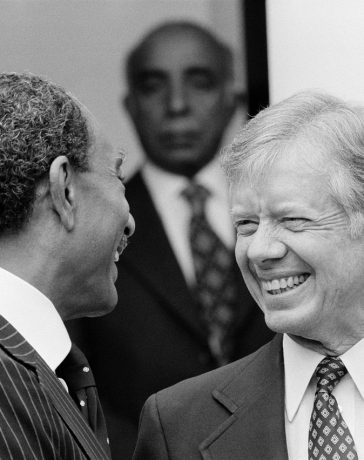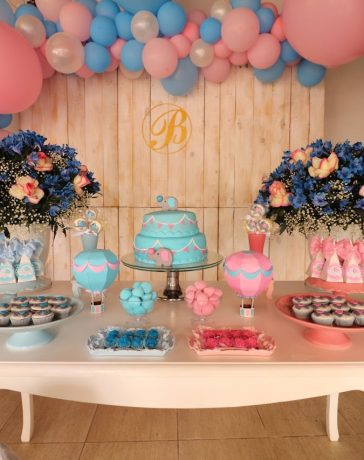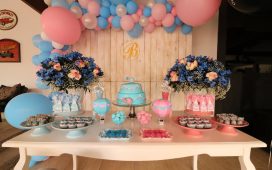Key Takeaways
- Illustrations can significantly enhance storytelling, making content more engaging and memorable.
- Combining written and visual elements requires a keen understanding of both art forms.
- Effective integration of illustrations can aid in reader comprehension and retention.
Introduction
Storytelling is an ancient art that has evolved through various mediums over the centuries. Today, the fusion of writing and illustration offers a dynamic way to captivate audiences. In this article, we’ll delve into the techniques and benefits of combining these two powerful forms of expression to create rich, immersive narratives. Understanding the writing and illustration method can be vital in achieving this synergy, ensuring that narratives inform and resonate deeply with readers.
The Power of Visuals in Storytelling
Visuals are a universal language. They can convey complex ideas quickly and effectively, often transcending language barriers. Research has shown that people are more likely to remember information when presented with images. This phenomenon, known as the Picture Superiority Effect, underscores the importance of illustrations in enhancing narrative impact.
When employed effectively, illustrations can be powerful tools to pique interest, provide context, and clarify complex emotions or situations. For example, simple infographics can summarize intricate data points that might be overwhelming if explained solely through text. Similarly, elaborate illustrations in fantasy or science fiction genres help bring imaginative worlds to life, making them more tangible and accessible for readers.
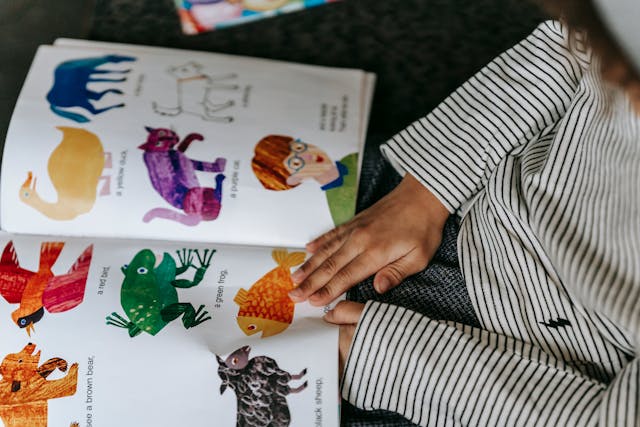
Creating a Synergistic Relationship
To achieve a harmonious blend of text and illustration, it’s crucial to understand how each element complements the other. Writers and illustrators must collaborate closely, ensuring visuals reflect and amplify the narrative. This symbiotic relationship can elevate a story from simple text to a multidimensional experience.
Successful integration requires more than merely aligning visuals with the narrative; it involves carefully weaving illustrations into the storyline to enhance emotional impact and reader engagement. Close collaboration between writers and artists is essential, with frequent discussions and feedback loops to ensure a cohesive and compelling final product.
Techniques for Effective Integration
- Storyboarding: Plan the sequence of images and text together. This helps visualize the flow and ensure cohesion. A storyboard acts as a roadmap, detailing where each illustration will appear and how it complements the text on the page. This pre-planning phase is crucial, ensuring consistency and narrative coherence.
- Complementary Styles: Choose an illustration style that matches the text’s tone. For instance, whimsical illustrations pair nicely with lighthearted stories, while dark, gothic visuals are better suited for horror or mystery genres. The illustration style should enhance the reader’s emotional response and immersion in the story.
- Pacing and Layout: Balance the amount of text and images on each page. Avoid clutter and ensure there is breathing space for each element to shine. The right pacing prevents reader fatigue and supports a more enjoyable reading experience. The strategic placement of illustrations can guide the reader’s eye and emphasize critical moments in the narrative.
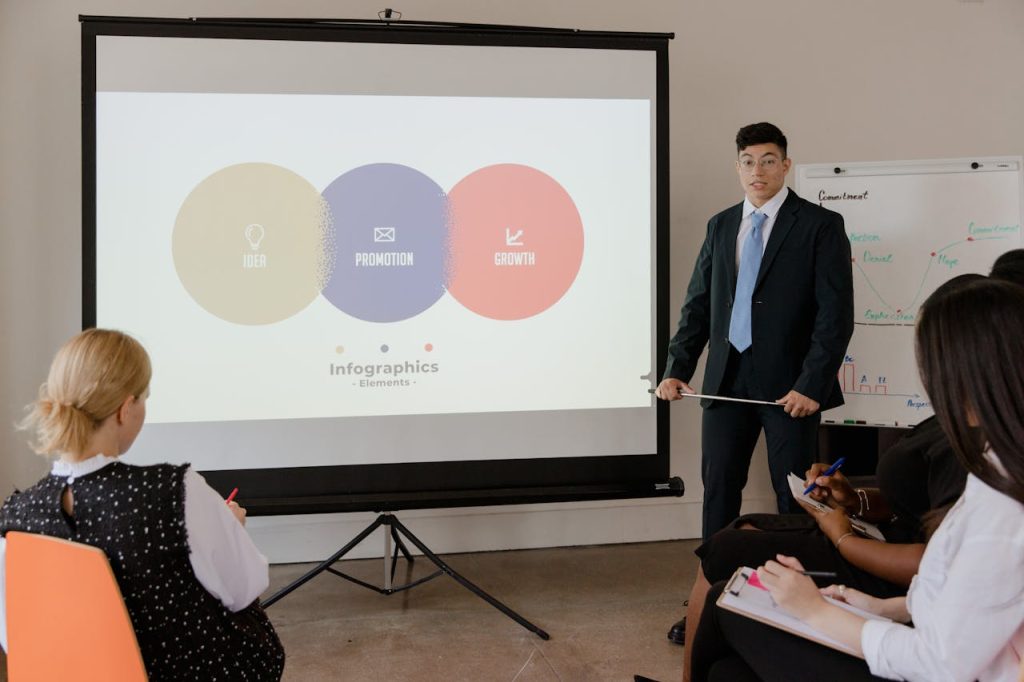
Benefits of Combining Writing and Illustration
The marriage of text and illustrations can transform storytelling in numerous ways. Firstly, it enhances reader engagement by making content visually appealing. An engaging visual can capture the reader’s attention more quickly than text, pulling them into the story. Secondly, it aids in better comprehension, especially for complex concepts or narratives. Illustrations can serve as visual aids that simplify complicated ideas, making them easier for readers to understand and remember.
Finally, it ensures excellent retention, as readers are more likely to remember the story when compelling visuals support compelling visuals support it. Studies have shown that people tend to retain information better when it is presented with images. This visual engagement can be particularly effective in educational materials, where illustrations can enhance learning and memory recall.
Conclusion
Incorporating illustrations into storytelling is not merely about adding pictures to words. It’s about creating a unified narrative that resonates with readers on multiple levels. By mastering the art of combining writing and illustration, creators can craft engaging and unforgettable stories.




